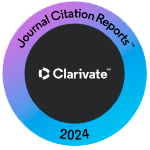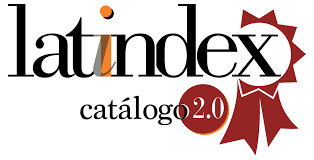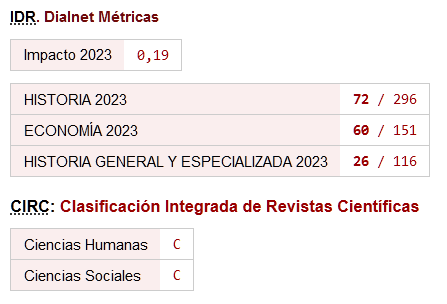Theorical triangulation in the analysis of accounting information
the management of the tobacco monopoly in Spain (1887-1986)
DOI:
https://doi.org/10.26784/issn.1886-1881.v8i15.103Abstract
The percentage share of tobacco income in the revenue of the Treasury has been one of the main supports of the Public Treasury. The importance of tobacco among the consumer goods industries in the 19th and 20th centuries stands out. In 1887, the number of workers, mostly women, in the tobacco factories exceeded 32,000 people, which represented 3% of the Spanish industrial workforce. By volume of employment generated, the Compañía Arrendataria de Tabacos (CAT) was the largest company in the country.
Spanish research on the tobacco industry is limited; moreover, the few existing works mainly cover the seventeenth and eighteenth centuries. From the accounting point of view, the publications we have found on the Spanish Tobacco Monopoly have mainly dealt with the cost accounting practices carried out in a specific establishment, the Royal Tobacco Factory of Seville, during the 18th and 19th centuries.
Our study covers the period in the history of the Spanish Tobacco Monopoly from the end of the 19th century, specifically from 1887, when the management of the monopoly was leased to a private company, CAT, until the end of the 20th century, 1986, when the Spanish Tobacco Monopoly came to an end.
Downloads
Downloads
Published
How to Cite
Issue
Section
License

This work is licensed under a Creative Commons Attribution-NonCommercial-ShareAlike 4.0 International License.










